
It sounds like a sarcastic joke, but the words of Nikolaus Saahs of the Nikolaihof winery in the Wachau say everything about the 2022 vintage in Austria. “The Danube Valley was the only wine-growing region in the world with enough rain, but it came at the wrong time.“ He means that the rains came when the grapes normally start ripening as late summer turns to fall.
Stand on a terrace high above the Danube River at sundown and survey the natural beauty of this remarkable wine valley, with its steep terraced vineyards, and It’s hard to avoid the question, “Is there some trouble in this paradise?“
When I was there in early September 2022, the nervousness of winemakers in the Danube area about the approaching harvest was palpable. And not without good reason. In the new climatic situation in Austria, there are rarely years too cool to ripen the grapes properly but there are frequently years with extreme weather that challenge wine producers to get clean and fully ripe grapes into the press. The 2022 growing season was seriously challenging in exactly this respect.
It says something about how serious this situation was that the star wines of our recent extensive tasting that I and Associate Editor Claire Nesbitt did – mostly on location in Austria – were two late-released wines from the 2021 vintage. The F.X. Pichler Grüner Veltliner Wachau Unendlich 2021 has enormous concentration and richness, but also a staggering freshness and a chalky minerality unique in the region. And if that’s two expansive for your taste then there’s the no less astonishing F.X. Pichler Riesling Wachau Unendlich 2021, which is so dark and fundamental but has a mind-blowing acidity that feels like it propels you out of the solar system at warp speed. Unendlich means “limitless” in German, and that aptly describes the finish of both wines.
Lucas Pichler of F.X. Pichler is actually one of the exceptions to the rule that 2021 is clearly superior to 2022, because he succeeded in producing a string of sensational dry white gruner veltliners and rieslings in 2022 that come close to matching or equal the directly comparable wines from the 2021 vintage. 2021 was a vintage that gave wines with wonderful ripeness and excellent balance, rather like 2019.
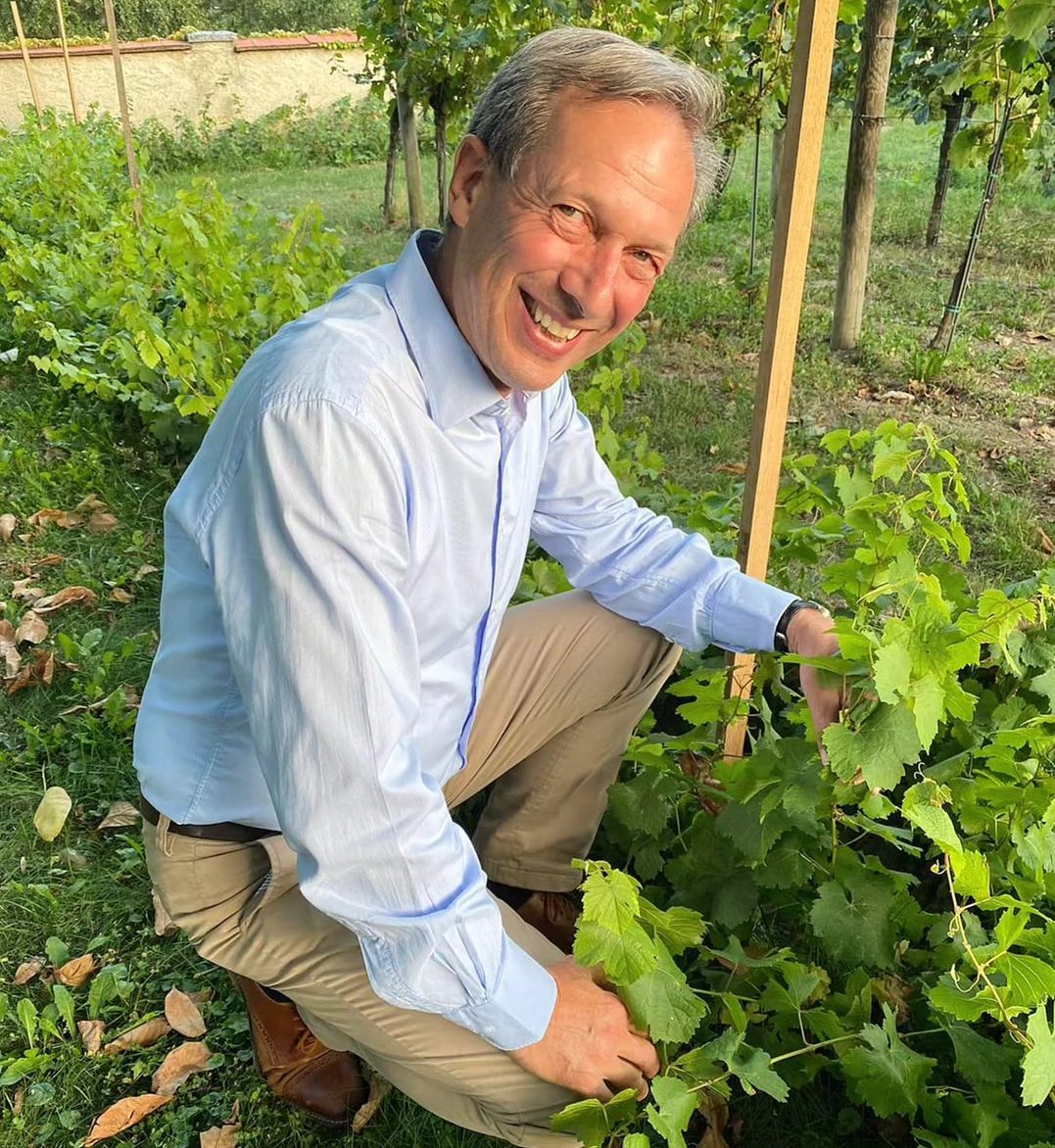
The problems in 2022 began quite late in the season. Toni Bodenstein of the Prager estate, also in the Wachau, explained exactly what happened. “In late August of 2022, about 80 millimeters of rain fell – twice the amount of August 2021 – and the vines started growing again.“ Usually at this point in the season the vines shift from growing to ripening the grapes, but in Austria in 2022 that shift was significantly delayed, pushing back the ripening process.
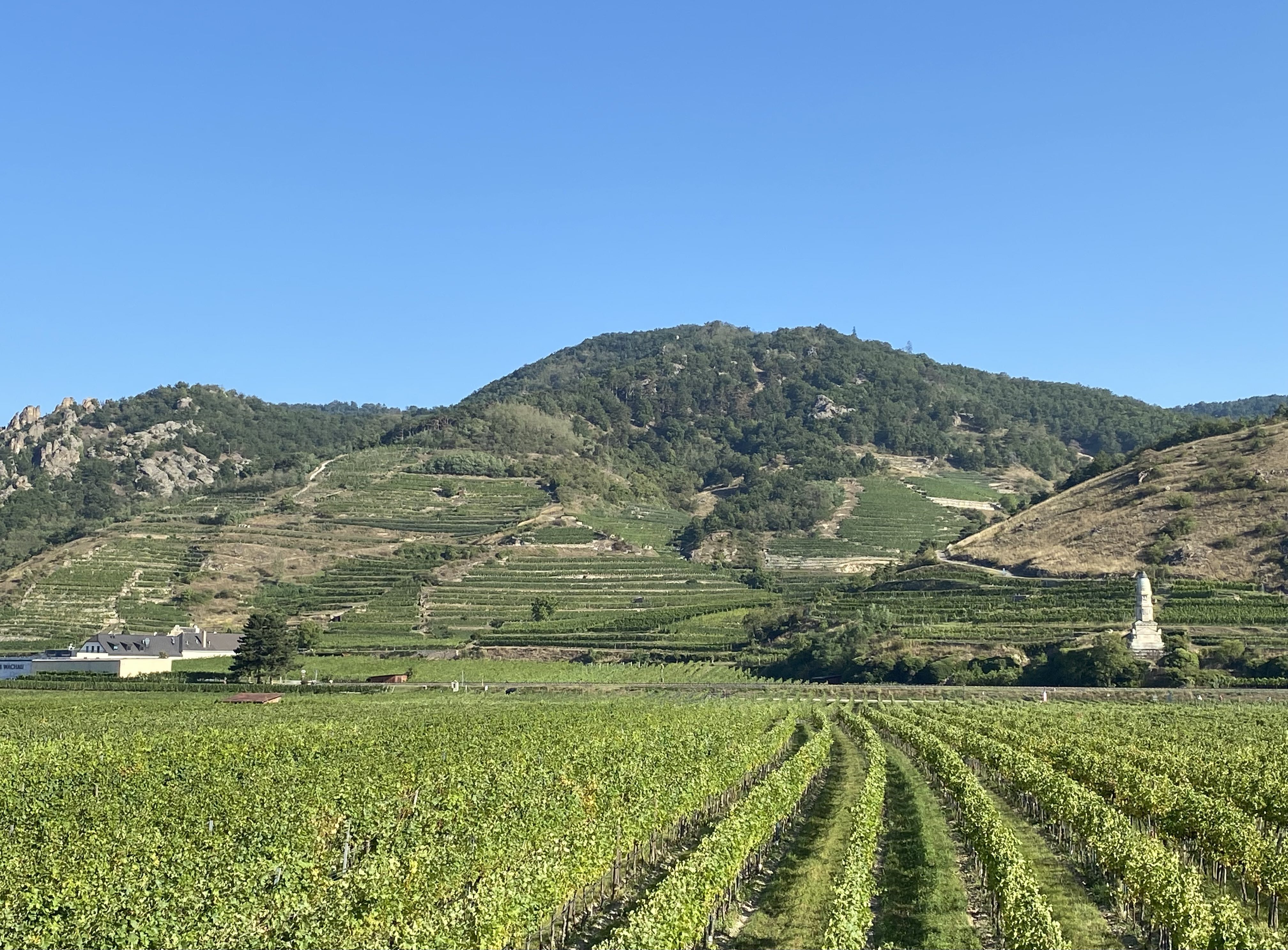
When those rains fell it was still quite warm, so fungal disease started to spread according to the ancient formula: moisture plus warmth equals fungi. Experience says that this process is anything but homogeneous, and well-managed vineyards will suffer far less than poorly managed ones. 2022 in Austria is a good example of that.
The Prager team’s reaction was to sit out the bad weather. “Many winegrowers harvested in September, but when we did a test picking on Oct. 3 and tasted the must, the tannins were too dominant,” Bodenstein said. “So we waited another week.“
The importance of tannin ripeness for the balance of dry white wines is not widely understood. For us, this is crucial for both balance and mouthfeel.
The Prager wines from 2022 are proof that this high-risk strategy was the right call, and that there’s no substitute for excellent vineyard management and ripe fruit. The finest example of this was the Prager Riesling Wachau Klaus Smaragd 2022, which is full-bodied and deep yet so cool and delicate with layers of honeysuckle, apricots, lemon and grapefruit married to thyme and crushed rock.

Rudi Pichler of the eponymous Wachau winery aptly described the distinctive personality of the 2022 vintage dry whites: “In 2022 it was possible to achieve excellent quality, but with fresher acidity and less alcohol than in 2021.”
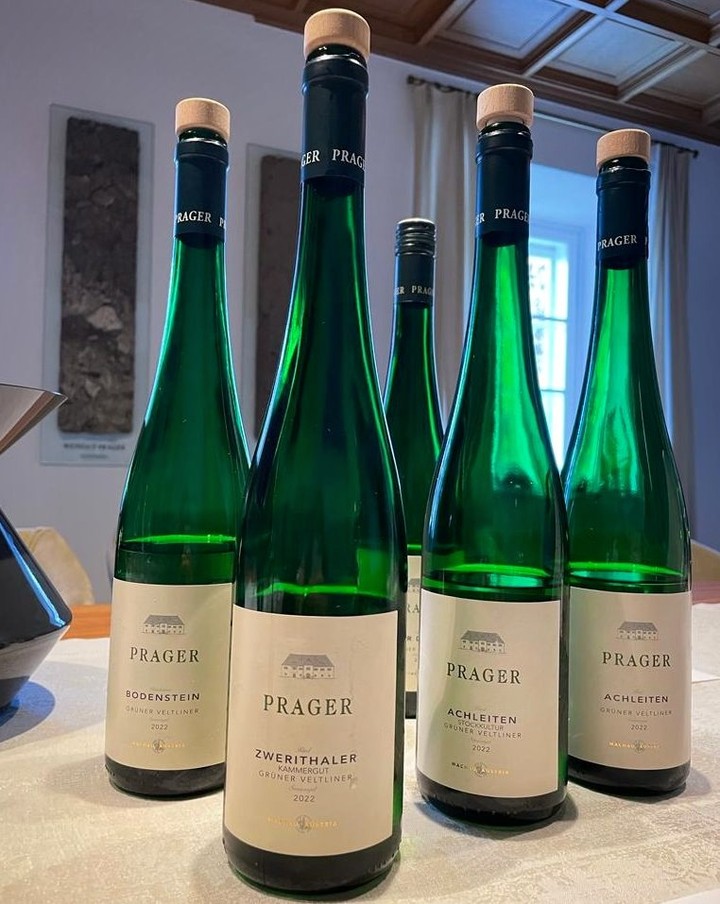
His wines are excellent examples of this, with the alcohol levels anywhere from 0.5 percent to almost 1 percent below those of the generous 2021 vintage wines. His sensational Rudi Pichler Riesling Wachau Ried Achleithen Smaragd 2022 pulls you into a tunnel of intense wet stone minerality with no exit and no turning back, yet it’s so silky at the finish.
So much for the positive side of 2022. Quantities were much lower for the year, though. This was also because up to a third of the grapes had to be removed due to rot. It is a nice idea that Austria’s signature grape, gruner veltliner, which is planted in more than a third of the nation’s vineyards, would cope with the wet conditions best, but this was not the case.
“For me there is no question that riesling coped better than gruner veltliner – that’s the way the grapes looked,” said Emmerich Knoll Sr, who run his eponymous winery in the Wachau.
And that’s the way the Knoll family’s wines taste. As impressive as their best gruner veltliners are, none of them can match the Emmerich Knoll Riesling Wachau Vinothekabfüllung Smaragd 2022, with its stunning nose of King Alfonso Mango, pineapple and apricot, plus the electric energy that drives it across the palate.
We think that gruner started falling behind riesling during the dry and hot weather of the early summer. Gruner famously needs more water and nutrients than riesling does, because it is such a vigorous variety. It is also not able to batten down the hatches by closing the stomata openings on the lower side of the leaf in the way that riesling does during drought phases.
It is among the entry-level wines from 2022 that you feel the problems of the vintage most strongly. However, there are also plenty of single-vineyard gruner veltliners that are solid, but with a round and citrusy uniformity that leaves us a bit cold. At least they taste riper than the disappointing wines from the cool and rainy 2020 vintage. We suggest that gruner fans scour the notes below for the exceptions and/or buy any remaining 2021s.
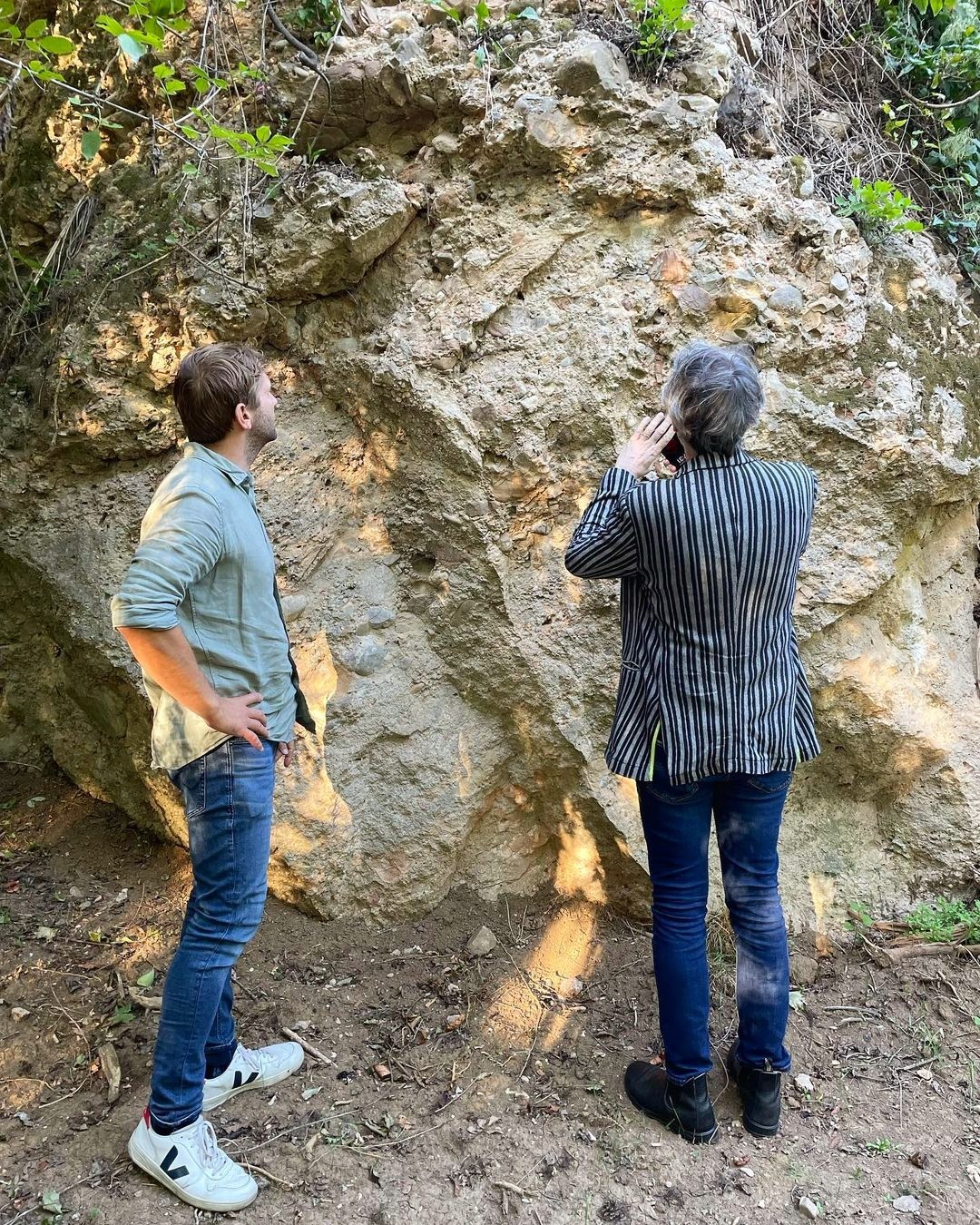
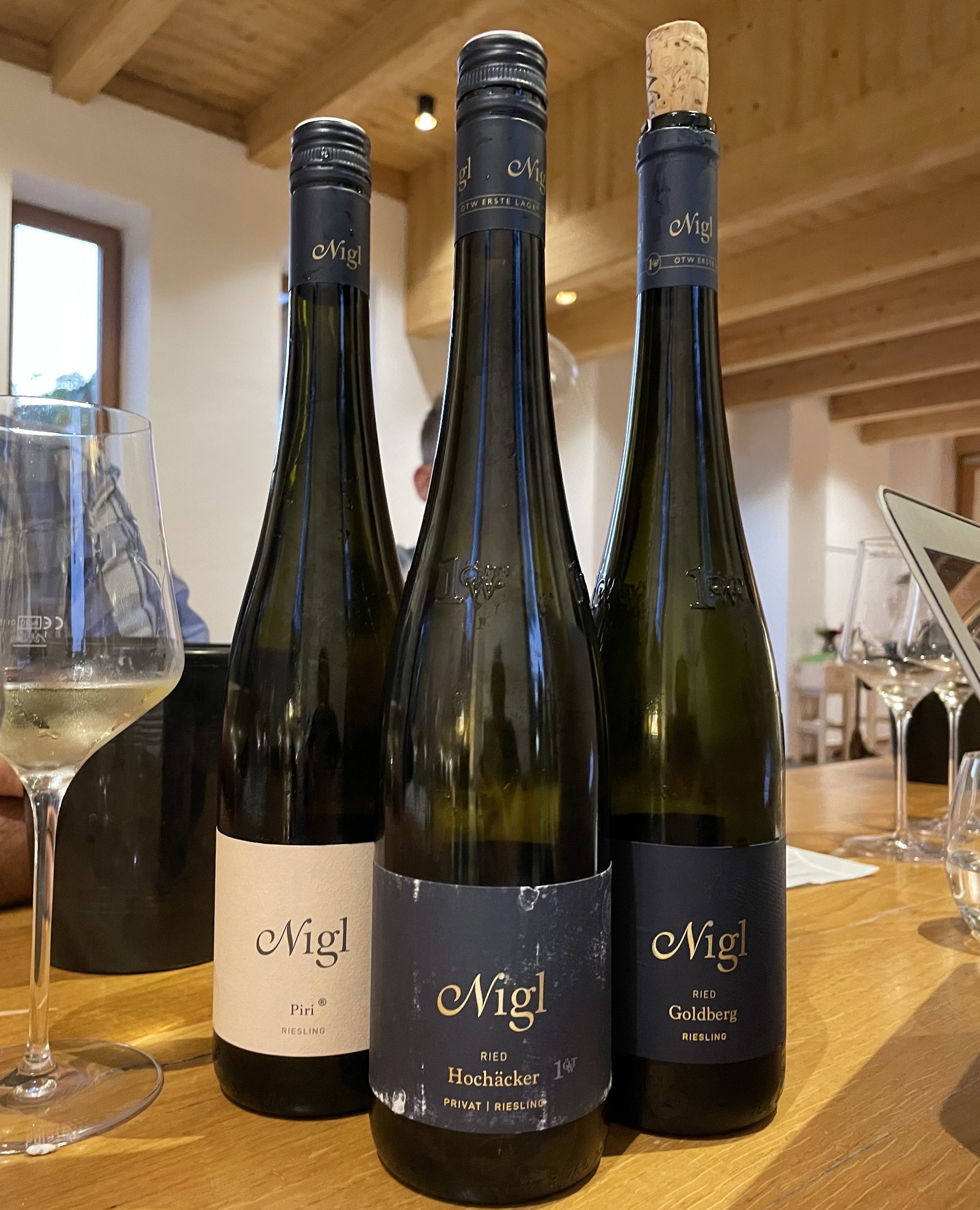
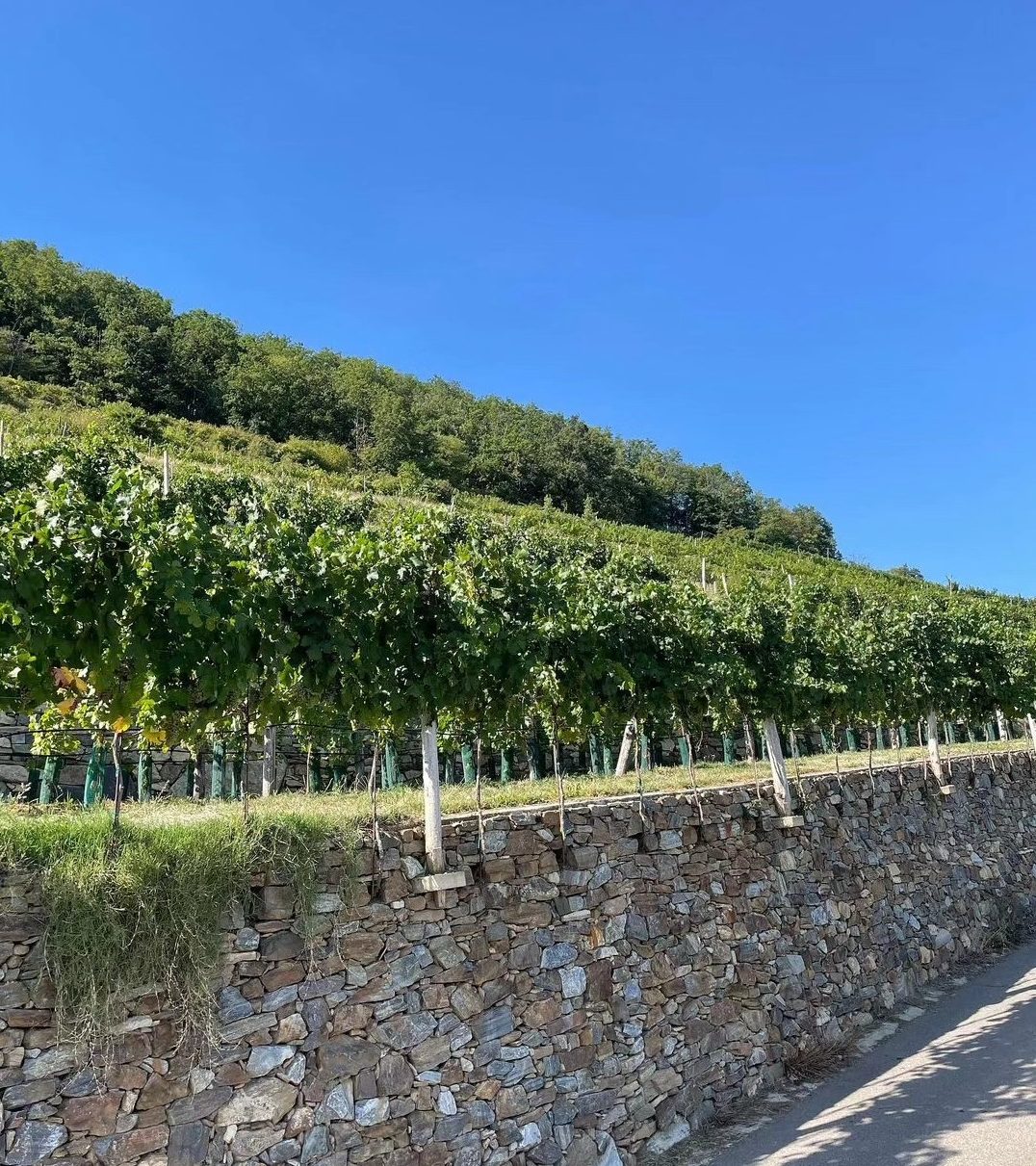
BALANCED REDS
Grossly disharmonious wines are rare in 2022, and they are almost all the result of extreme wine styles designed to appeal to market niches. This solidity is a sure sign of the widespread progress in winemaking Austria has made during the last decades.
We haven’t tasted many 2022 vintage red wines yet, because these are nearly all still maturing in cask. However, we did taste a good number of the 2021s and found plenty of exciting wines that indicate this is as impressive a vintage for reds in Austria as it is for dry whites. None was more spectacular than the Moric Blaufränkisch Burgenland Lutzmannsburg Alte Reben 2021, with its generous floral complexity, staggering depth of finest berry fruits and spectacular spectrum of spicy aromas. It is enormously concentrated and precise on the perfectly proportioned medium-bodied palate.
“2021 was a wonderful vintage for the blaufrankisch grape, particularly for the old vines,” Roland Velich of Moric said. “We got the balance that we look for.”
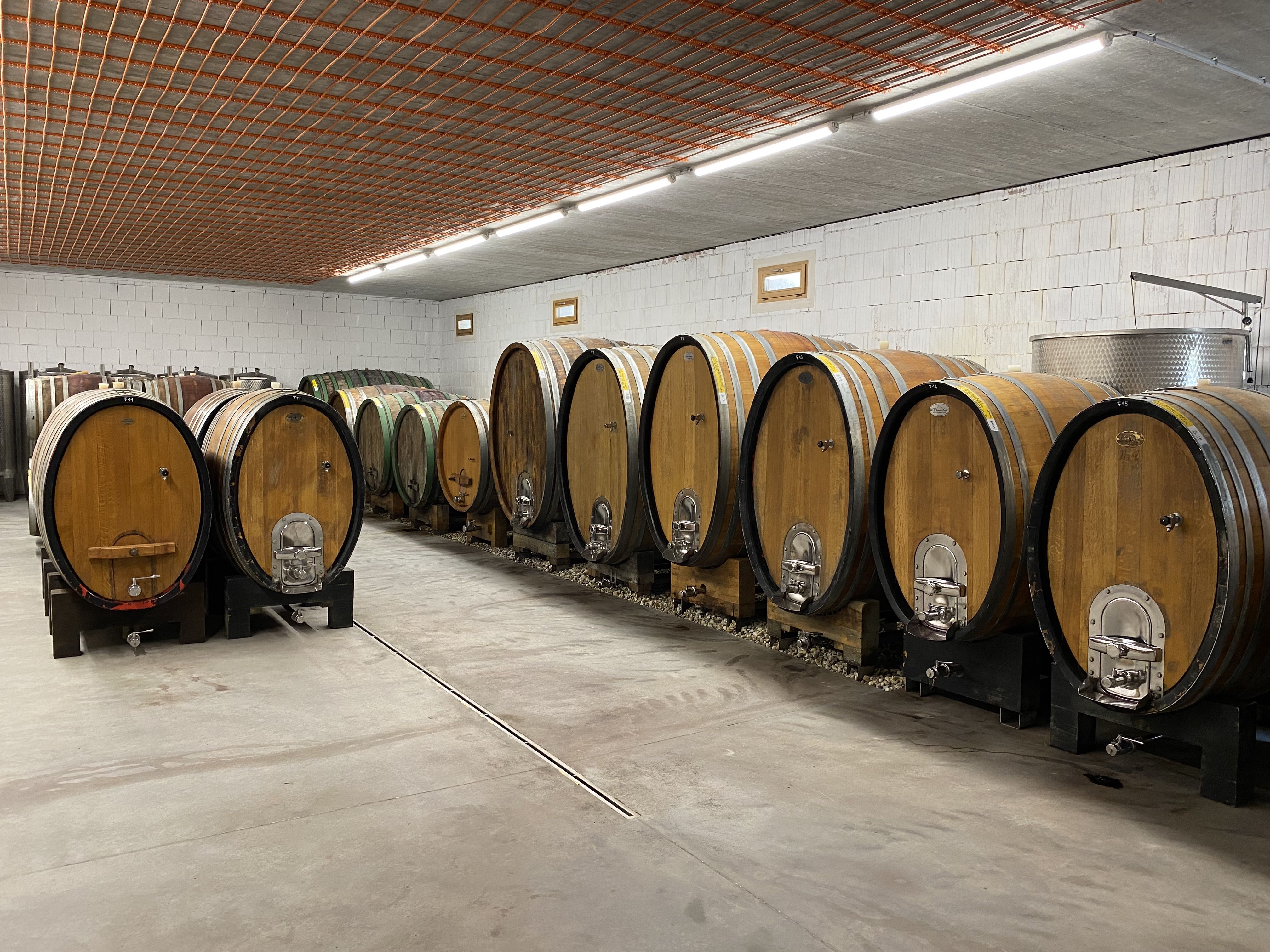
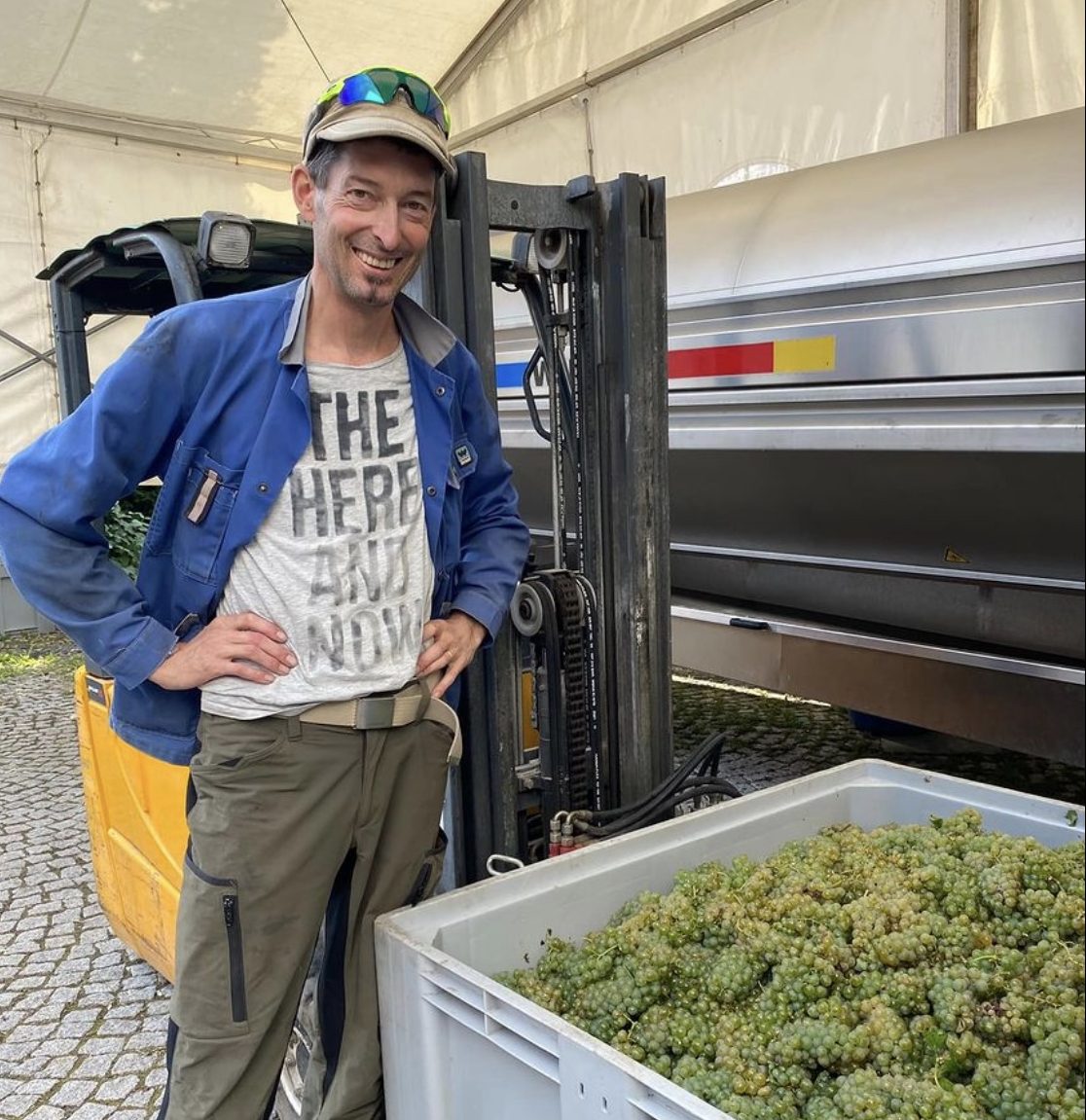
Some of the late-released reds from the difficult 2020 vintage really surprised us with their restrained ripeness and fine tannins. The best of them are great examples of how the top reds from the blaufrankisch grape are moving in an ever more elegant and cool direction. None does this better than the Dorli Muhr Blaufränkisch Carnuntum Ried Spitzerberg-Obere Spitzer EL 2020, which is simultaneously bright yet has enormous shadowy depths. It has beautifully integrated massive tannins and reminded me of a grand cru red Burgundy, although it’s sleeker and more tensile than anything from Burgundy.
Some other late-released 2021 dry whites also deserve a mention, not least the chardonnays from Kollwentz in Burgenland. Andi Kollwentz has spent decades refining these wines, and 2021 is the best vintage for his Burgundy-inspired chardonnays. Chardonnay fans unfamiliar with these wines are strongly recommended to try the Kollwentz Chardonnay Burgenland Gloria 2021, with its almost perfect combination of Mirabelle, ripe citrus and pineapple plus delicate toasty oak and wonderful mountain freshness.
It is now normal for the top producers of the Steiermark, often referred to in English as Styria, to release their single-vineyard wines at least two years after the harvest, so 2021 is the current vintage for the majority of these. We love the way the best of them marry aromatic vitality with mineral drive. None more so than the Wohlmuth Sauvignon Blanc Südsteiermark Ried Edelschuh GSTK 2021, with its fabulous aromas of honeysuckle, chamomile, peach and orange curd. This is so creamy and caressing on the full-bodied palate with lingering floral tea character.
Almost as amazing was the Tement Sauvignon Blanc Südsteiermark Ried Zieregg Kapelle GSTK 2020 and its notes of grapefruit, pineapple, nutmeg, thyme, sage and salted butter. The fruit and minerals on the full-bodied, delicately creamy palate are counterpointed by smoke and burnt sage undertones. 2021 is clearly a great vintage for the region, but so – exceptionally for Austria – is 2020.
A generation ago, when dessert wines were a category in much greater demand than today, Austria was one of the main players in this field alongside Sauternes and Germany. Today these wines are almost forgotten, purely for reasons of wine fashion. Our tasting with Gerhard Kracher of Burgenland in an empty restaurant in an out-of.the-way inner suburb of Vienna was an exciting reminder of how great these wines can be.
The luscious Kracher Welschriesling Burgenland Trockenbeerenausele Nummer 6 2020 oozes apricot jam, marmalade and ginger syrup character, the bright herbal and salty flavors giving it so much life. It is a great example of this style that is more winey than German TBAs, but less alcoholic and oaky than Sauternes.
In contrast, international demand for Austria’s dry whites and finest reds remains healthy, and there is no question that they are widely recognized as unique European classics. In spite of the problems associated with the 2022 vintage, the best Austrian wines that just came onto the market or will be released shortly confirm this high status.
– Stuart Pigott, Senior Editor
Note: You can sort the wines below by vintage, score and alphabetically by winery name. You can also search for specific wines in the search bar.




